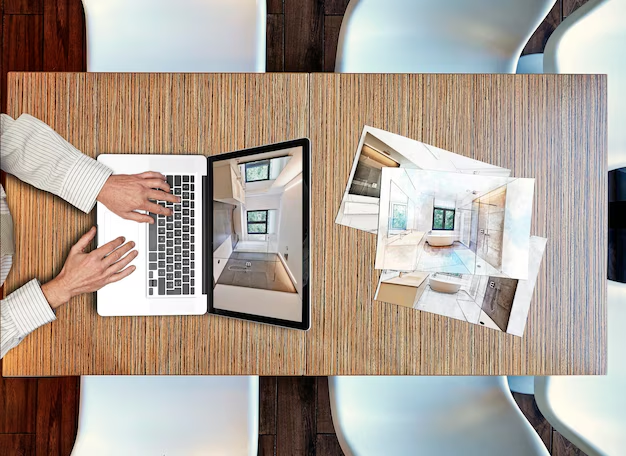Transform Your Small Apartment with These Smart Space-Saving Tips
Living in a small apartment can be a challenging exercise in organization and creativity. With limited square footage, it’s essential to make every inch count and create a home that feels spacious and functional. Let’s explore some practical, innovative ways to maximize your small living space while ensuring it remains stylish and welcoming.
Maximize Vertical Space
One of the simplest and most effective strategies for making a small apartment feel larger is to utilize the vertical space. Tall shelves or multifunctional wall units not only provide storage but also draw the eye upward, giving the illusion of height. Consider installing floating shelves in the kitchen or bathroom to keep items off countertops, and choose wall-mounted units rather than bulky furniture to free up floor space.
Invest in Multifunctional Furniture
When every square foot counts, furniture that serves multiple purposes can be a lifesaver. Look for items like sofa beds, ottomans with storage, or extendable tables that expand when needed and shrink back down to save space. Modular furniture, which can be easily rearranged, is another excellent option for adapting to different activities or adding extra guests comfortably.
Embrace Light and Color
Using light and color strategically can dramatically alter the perception of space in your home. Lighter colors on walls and floors can make a room feel bigger and brighter. Similarly, allowing as much natural light as possible to flow in and strategically placing mirrors to reflect light helps amplify openness. Skip heavy drapes in favor of sheer curtains and make sure your lighting is layered to eliminate any dark corners.
Smart Storage Solutions
Effective storage is key to keeping a small apartment clutter-free. Think of hidden storage solutions such as bed frames with drawers or benches with storage space inside. In the kitchen, consider using stackable containers and under-shelf baskets to maximize cabinet space. Pegboards or hooks on walls can help you organize and display items creatively without sacrificing floor space.
Keep It Minimal
Minimalism isn’t just a trend; it’s a practical lifestyle choice for those with small living areas. Declutter regularly to keep only the items you truly need or love. Adopt a one-in, one-out policy to prevent accumulation of items you don’t use. By keeping your decor simple and meaningful, your home will feel more airy and organized.
Small apartments can certainly pose a spatial challenge, but they also offer an opportunity to live more deliberately. By implementing these tips, you can transform your compact living space into a comfortable, functional haven.
Planning efficiently here can free up mental bandwidth as well, potentially allowing more room to consider broader financial or educational gains. Whether you're considering financial assistance to better manage your living situation or exploring educational grants to further your career, there are resources available to help you achieve a more balanced and fulfilling lifestyle. Here's a quick look at some aid opportunities you might consider as you create the home and future you desire:
- 💰 Government Assistance Programs: Check eligibility for programs that offer rent subsidies or housing vouchers to reduce living costs.
- 📈 Credit Solutions: Explore credit counseling or debt consolidation programs to manage outstanding debts effectively.
- 🎓 Educational Grants: Look into grants for continuing education or certification programs that could enhance your professional prospects.
- 📋 Financial Literacy Workshops: Many community centers offer free classes on budgeting and financial planning, which are invaluable skills for maximizing your financial wellness.
Maximizing where you live is a smart step, but taking control of your financial and educational future can elevate your lifestyle to the next level. Start today, and enjoy the journey towards a larger life experience in your cozy abode!

- How Credit Scores Affect Your Chance Of Getting a Mortgage
- A Helping Hand: Government Assistance Programs For First-Time Home Buyers
- How To Assess Your Financial Readiness To Buy a Home
- Navigating The Terrain: The Risks And Rewards Of Investing In Real Estate On a Tight Budget
- First Steps To Consider When Planning To Buy a Home On a Tight Budget
- Does Co-Signing A Mortgage Affect Your Credit Score? A Comprehensive Guide For Lower Income Americans
- Unlocking Tax Breaks And Incentives For Low-Income Homeowners
- Empowering Single Parents: Discover Housing Resources Available To You
- Surviving Foreclosure: A Guide For Lower Income American Homeowners
- The Key To Choosing Your Mortgage Term: Weighing 15 Vs. 30 Years